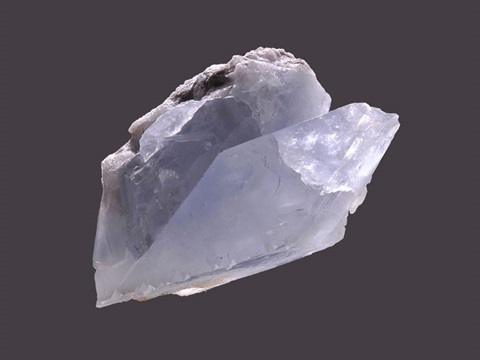What are minerals?

The Adrian Smith Mineral Collection is displayed according to the Dana classification system.
The exceptions are special collections of Zeolites, Gemstones, and Meteorites.
What is a mineral?
A mineral is an element or chemical compound that forms into crystals as a result of any combination of many geological processes including volcanic processes, rock formations, fluid flows in the earth's crust, weathering, erosion, or plate tectonics.
They are usually inorganic, meaning they don't contain carbon in the form of hydrogen-carbon bonds. However, there are types such as diamond and graphite that are elemental forms of carbon and are considered minerals.
According to the Commission on New Minerals, Names and Classification of the International Mineralogical Association, there are about 5,421 named minerals in the world. New ones are discovered every year.
How are minerals different from rocks?
A mineral is any naturally occurring inorganic substance, often additionally characterised by an exact crystal structure.
A rock is an indefinite mixture of naturally occurring substances, mainly minerals.
A rock may contain various minerals and organic substances, and its composition is never exact. Rocks are the hosts for mineral deposits that, when those minerals are of economic interest and present in sufficient concentrations, are termed 'ore deposits'.
The Dana Classification
James Dana, a geologist, was the first person to classify minerals into an arrangement by composition and structure in the early 1800s.
His system evolved over time, and through 8 editions of the same publication he went from describing 352 minerals in the first, to 4,000 minerals in the eighth edition. Dana's system allowed mineralogists to systematically classify minerals by structure and composition in a way that was previously impossible.
The Dana classification assigns a 4-digit number to a mineral. The first digit indicates its class, which is based on composition; the next gives the ratio of positive and negative charged ions in the mineral, and the last two numbers group minerals by structural similarity with a given type or class.
Mohs Hardness
Friedrich Mohs, a mineralogist, developed a scale for hardness of minerals in 1812. His test compares the resistance of a mineral to being scratched by 10 reference minerals, from soft ones (talc) to hard ones (diamonds). This is known as the Mohs Hardness Scale.
The test is useful because most specimens of a given mineral are very close to the same hardness. This makes hardness a reliable way to tell the difference between some minerals.
Specific gravity
Specific gravity is a measurement of a mineral's density. It is a measurement that determines how heavy a mineral is by its relative weight to water. The number system used shows how heavy that specimen is in relation to water.
So if water has a specific gravity of 1.0 and a mineral's specific gravity is 2.5, it is 2.5 times heavier than water. It is one of the ways similar minerals are distinguished from each other.